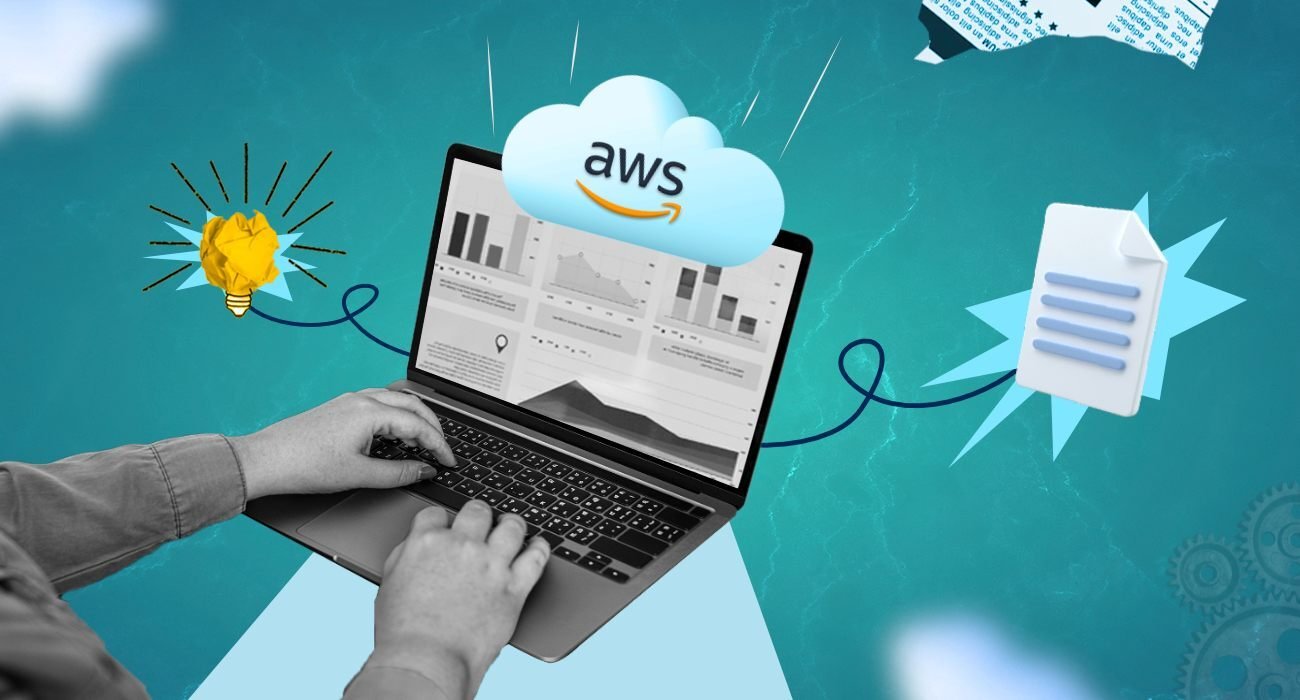Introduction
As organizations deepen their reliance on cloud infrastructure, maximizing performance within complex AWS environments grows increasingly crucial. Modern businesses face ever-changing demands, rapid scaling requirements, and the constant threat of downtime or security incidents. Success hinges on employing the most effective strategies and advanced monitoring tools, ensuring systems remain seamless, scalable, and secure at all times. In this comprehensive guide, you’ll gain practical insights into the evolving landscape of AWS monitoring, highlighting must-use monitoring innovations and tactics to help your team stay ahead of disruptions, unexpected costs, and heightened risks.
Today’s AWS monitoring practices extend far beyond simple uptime checks and static dashboards. Modern organizations must integrate artificial intelligence, leverage serverless advancements, utilize distributed tracing, gain detailed financial insights, and embed security intelligence throughout their cloud estate. When these sophisticated components come together, IT and DevOps teams can proactively understand, optimize, and protect their cloud landscapes even as architectures grow more distributed, dynamic, and ephemeral. Effective AWS monitoring is now essential for maintaining the agility and resilience demanded by digital business models and competitive markets.
Serverless Monitoring Advancements
AWS Lambda and other serverless technologies are revolutionizing cloud application development and deployment. These services abstract infrastructure, allowing developers to focus on business logic, but also introduce unique monitoring complexities. Traditional monitoring methods were not designed for stateless workloads, where functions may run for milliseconds and scale up or down in response to every request. Serverless monitoring tools provide real-time observability into function execution, performance, and resource consumption, enabling organizations to identify and resolve performance bottlenecks quickly. This allows teams to detect spikes in function cold starts or throttling, ensuring a smooth customer journey even under unpredictable traffic bursts. Automated recommendations help avoid performance issues and reduce costs.
AI-Driven Monitoring Tools
Artificial Intelligence for IT Operations (AIOps) is revolutionizing organizations’ approach to AWS performance and reliability. By analyzing and learning from vast volumes of historical and real-time telemetry, AI-driven monitoring solutions detect anomalies, correlate incidents across distributed architectures, and provide actionable recommendations. This enables teams to transition from reactive firefighting to proactive, precision-driven cloud management, minimizing downtime and operational overhead. Large cloud providers, like AWS, are investing in AIOps to empower their customers to stay ahead of operational complexity and business risk. AIOps also benefits teams operating at scale, as it continuously scans for subtle patterns, flags suspicious spikes, and highlights noisy incidents. Automated root cause analysis enables teams to resolve incidents faster and with greater confidence, turning overwhelming complexity into valuable insights that drive continual service improvement.
Enhanced Observability with Distributed Tracing
Cloud-native architectures are inherently reliant on interconnected microservices, APIs, and managed services. When end-to-end performance dips or failures occur, manually pinpointing the root cause within this web of interactions becomes difficult, time-consuming, and potentially costly. Distributed tracing unlocks unparalleled observability by allowing IT and DevOps teams to follow every request as it travels through various layers, services, and infrastructure components. Popular tools like AWS X-Ray visually map these flows, showing precisely where in the stack delays, errors, or unexpected behaviors arise.
For example, a streaming media company experiencing user complaints about billing can use distributed tracing to isolate the latency within its payment workflow. The tracing reveals whether performance bottlenecks stem from application logic, third-party APIs, or underperforming databases, ensuring issues are resolved at the source. This transparency shortens incident resolution time, enhances user experience, and enables developers to optimize system health systematically. Consistent investments in distributed tracing tools are now a critical imperative for any organization scaling with AWS and embracing modern DevOps paradigms.
Cost Optimization Insights
Performance monitoring has become tightly intertwined with financial accountability. As organizations embrace cloud computing for its flexibility and rapid innovation, managing and optimizing operational costs becomes an ongoing challenge. The most advanced AWS monitoring solutions merge real-time performance metrics with comprehensive cost analytics. These platforms alert teams instantly to unexpected budget spikes and wasted resources, while delivering tailored suggestions for cost savings and optimization opportunities.
In practical terms, businesses running analytics or compute-heavy workloads may benefit from automatically shutting down non-critical EC2 instances outside business hours, using scheduled actions or smart automation policies. These moves alone can result in significant monthly savings without sacrificing agility. Visibility into cost trends by workload, environment, or business unit arms stakeholders with the insights needed to forecast budgets more accurately. AWS’s own Cost Explorer provides a robust foundation, while other advanced platforms dig even deeper, allowing businesses to track granular spending across sprawling cloud estates.
Security-Focused Monitoring
Cloud performance monitoring is absolutely crucial in today’s increasingly cloud-driven landscape, where businesses rely heavily on cloud infrastructure to operate smoothly and efficiently. As cyber threats continue to evolve rapidly and AWS environments grow more complex, comprehensive, and modern AWS monitoring practices are essential. These practices include real-time threat detection, anomaly analysis, and continuous compliance monitoring, all of which enable healthcare providers, financial institutions, and other sensitive sectors to effectively protect sensitive patient data, financial information, and other critical assets. Implementing these strategies ensures compliance with stringent regulations such as HIPAA, GDPR, and PCI DSS.
Integration with AWS CloudTrail, Amazon GuardDuty, and native Identity and Access Management (IAM) solutions further strengthens the overall security posture by providing detailed logging, threat intelligence, and access control. As cloud adoption accelerates across diverse industries, the ability to quickly detect, triage, and remediate security risks within minutes becomes not just advantageous but mission-critical. Advanced AWS monitoring strategies also play a vital role in safeguarding system performance, optimizing resource utilization, and controlling operational costs. Additionally, they help ensure robust compliance with industry standards, making it possible for modern enterprises to meet their evolving business objectives while delivering seamless, reliable customer experiences in an increasingly digital world.








